5 Things to Do in Little Tokyo, California
Never been before? We’ll be your trustee Little Tokyo guide with a day’s worth of fun things to do in Little Tokyo.

There still are a number of abandoned places (especially in Northern California) that have survived, defying the whims of nature and time.
While the Golden State doesn’t pack as much history as Greece or Egypt, it still has its fair share of booms and busts, mysteriously disappearing natural resources, and industries from a bygone era; now seen as obsolete. A few of these relics have since vanished, but there still are a number of abandoned places (especially in Northern California) that have survived, defying the whims of nature and time. Join us as we explore these eerie remnants, and try to keep an open mind—who knows, maybe you even end up befriending a ghost?
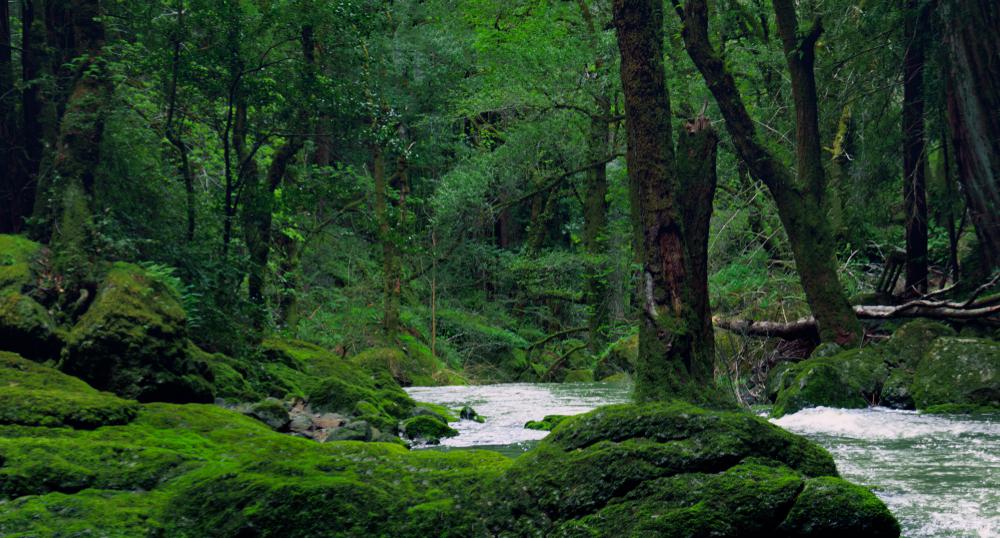
Location: Phillipsville
There was a time when the only way to wander through J.R.R. Tolkien’s Middle Earth was to pay a visit to Humboldt Redwoods State Park. However, sometime in the mid-1970s, Hobbiton attempted to grab on to the then ascending popularity of fantasy novels. Their half-mile nature walk led visitors through the story of Bilbo Baggins, illustrating scenes as Gandalf arriving to enlist Bilbo’s help, the latter’s encounter with the spiders of Mirkwood, and the infamous battle with the dragon Smaug.

Does your business rank among the best in California?
nominate a businessLearn more about our selection criteria and vetting process.
The lumpy cement statues of the characters and building tableaus with their button-activated speakers did not last long though; Hobbiton shut down in 2009. Now, nearly 12 years and a number of landslides later, you can still find crumbling Gandalf near the green doors—unfortunately, there’s not much else you’ll be able to find.
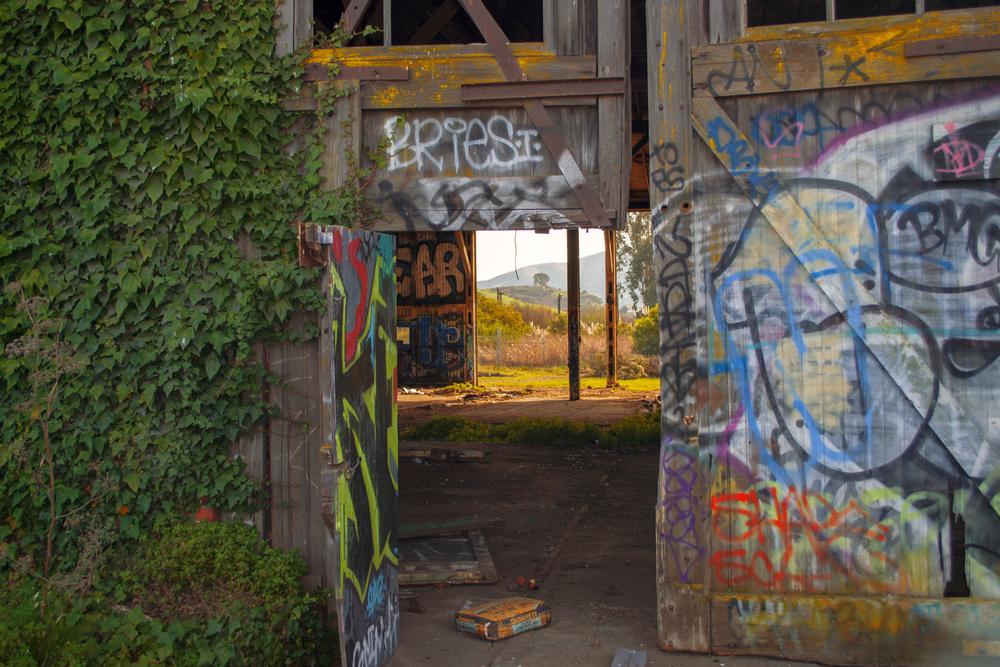
Location: San Francisco
Built between 1907 and 1910, Bayshore’s brick roundhouse was used to service locomotives on their way to the Bay Area—nowadays, it’s more known as an iconic abandoned place in San Francisco. Similar to a lot of businesses at the time, Bayshore’s downfall was ultimately caused by the rise of diesel, quickly making steam facilities obsolete.
Fewer and fewer people sought Bayshore’s services and, with the fear of facing complete bankruptcy, the roundhouse closed its doors for good in 1982. Unfortunately, this would not be its last string of bad luck. A fire in 2001 demolished half of what was left of the roof of the roundhouse, leaving only the bones of the structure intact. Nowadays, if you look past the “No Trespassing” sign and aren’t scared of a little barbed wire fencing, you’ll be able to discover a world of colorful graffiti left from multiple generations.
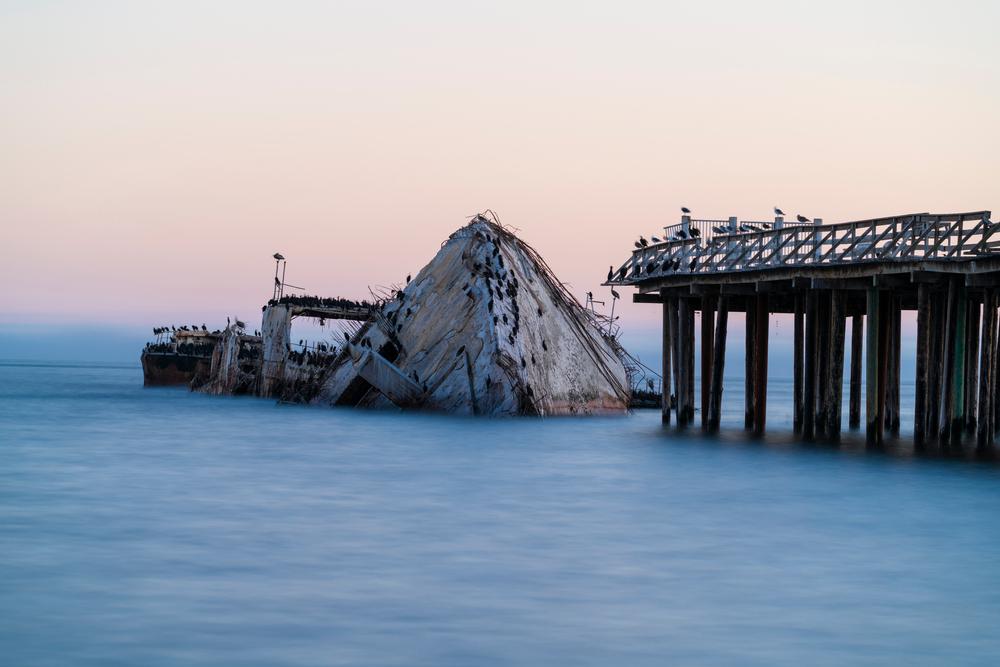
Location: Aptos
While it was built to be used in WWI, the SS Palo Alto launched in 1919. The concrete ship was supposed to serve as a tanker, but quickly fell out of favor and instead, was moved to Aptos, where the Seacliff Amusement Corporation built a pier leading out to it. Later, a dance floor, swimming pool, and cafe were added to the premises; this didn’t last long either.
The company soon went bankrupt, a storm cracked the ship’s hull, and SS Palo Alto got sold to the state for one dollar (yes, you read that right). It was left floating next to the fishing pier, and as abandoned ships tend to do, slowly deteriorated over the years. Now, with a rear half-open and a torn-off stern, the SS Palo Alto acts as an artificial reef for local marine life.

Location: Lake Tahoe
The only island in Lake Tahoe, Fannette is home to the stone shell of a one-time tea house that was built in the late 1920s by the uber-rich Lora Knight. Knight also owned Vikingsholm, a castle that had 38 rooms situated along the Emerald Bay Shore—safe to say, she had a taste for the extravagant. But surprisingly, the interior for the tea house was rather modest, outfitted with a small corner fireplace, large oak table, and four oak chairs to polish off that homey-yet-rustic feel.
After establishing this tea house, Knight would continuously visit the island via motorboat and have tea with her friends. You can still visit this little trinket of the past today; only now you can get there by kayak, jetski, or any other floating device available. It’s a bit of a hike to the top, but the views will take your breath away.
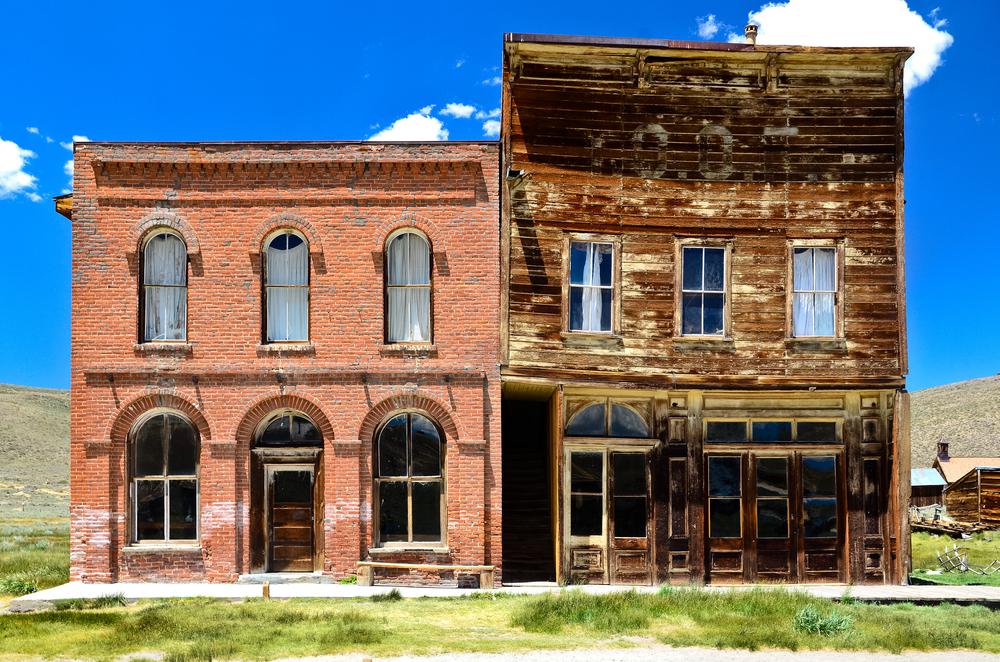
Location: Bodie
What was once California’s third most populous city now hosts zero people—and maybe a few ghosts. The faith bestowed upon Northern California’s abandoned town Bodie and many other Gold Rush towns was unfortunate but inevitable; the supply of gold dwindled, and people were not left with a reason to endure wintertime’s sub-zero temps (heat lamps were not readily accessible in the 1880s). And by the time 1914 rolled around, Bodie was almost completely abandoned. All that was left behind (which you still can see) were 100 structures, including the general store, Methodist church, saloon, bank vault, and cemetery.

Location: Pescadero
Even though accessing this place is by no means easy, Año Nuevo Island is one of the most fascinating abandoned places in Northern California. It was previously linked to the mainland by a thin strip of shore, but when sea levels rose, a permanent channel between them was created, leaving behind only a few aging residences and one lighthouse. Once people left the island, a thriving wildlife population took over. Elephant seals and sea lions quickly found their new home there. Soon enough, the area became one of the world’s primary breeding grounds for elephant seals, who have reproduced so prolifically there that they actually escaped extinction.
Location: Sacramento
Mansion Belle originally started out as the Putah, a snag boat operating under the banner of the U.S. Army Corps of Engineers. Its steel vessel spent a significant amount of time buzzing up and down the Sacramento River, clearing obstructions along the river bottom to pave a safer path for the other boats.
In 1950, actor John Wayne purchased the Putah for use in the 1955 film Blood Alley, starring Lauren Bacall alongside himself. After they wrapped filming, Wayne sold the boat to a local businessman, who used Mansion Belle to host river cruises over the next decade.
The boat changed hands many times over the years until a terrible robbery left it damaged beyond repair. On one particular occasion—the how and when is unclear—Mansion Belle ended up marooned alongside the Garden Highway, where it seems likely to remain indefinitely.


Never been before? We’ll be your trustee Little Tokyo guide with a day’s worth of fun things to do in Little Tokyo.
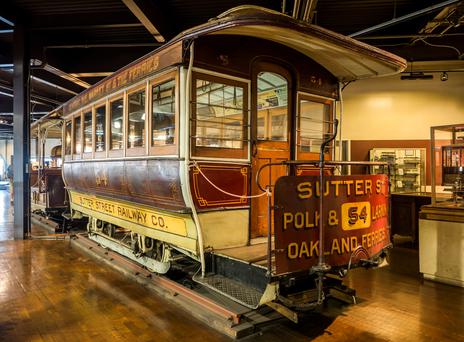
If you're looking for something fun to do, there are plenty of fun and free things to do in San Francisco, use our guide to help make plans.
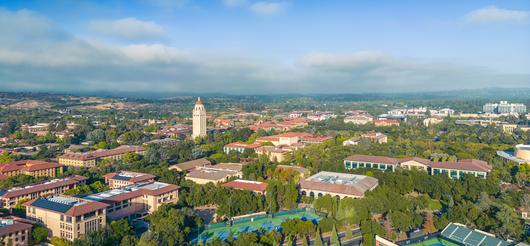
Feel the knowledge flood from its elegant red-tile roofs as you wander the town’s beautiful college campus in search of hidden finds.
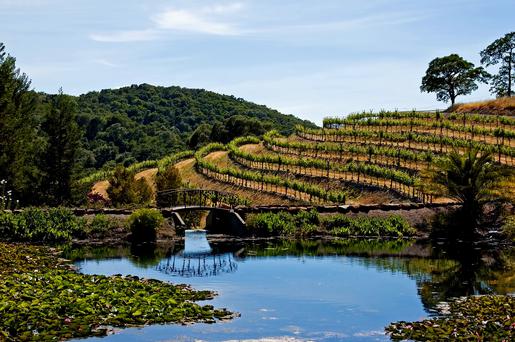
Enjoy the perfect California spring weather at these ideal spots for a spring vacation in California.

